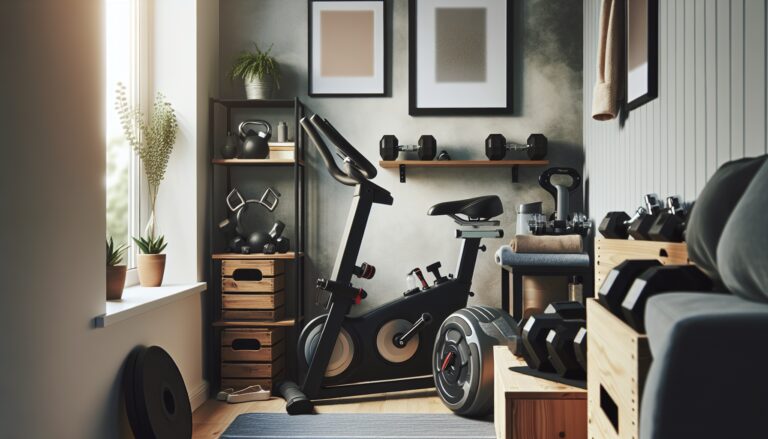Argomenti trattati
In today’s fast-paced world, finding time to exercise can be challenging, especially for those living in small apartments or homes. However, with the right approach and equipment, you can create an effective home gym that fits your space and lifestyle. This article explores essential tips and equipment recommendations to help you maximize your workout potential without sacrificing your living area.
Assessing your space and needs
Before diving into equipment purchases, it’s crucial to assess your available space and fitness goals. Measure the area where you plan to set up your gym, considering factors like ceiling height and floor space. Think about the types of exercises you enjoy and how much room you’ll need for them. For instance, if you love yoga, ensure you have enough space for a mat and some movement. If cardio is your focus, consider how much room a treadmill or stationary bike will occupy.
Additionally, consider your fitness goals. Are you looking to build strength, improve cardiovascular health, or enhance flexibility? Understanding your objectives will help you choose the right equipment and design a workout routine that aligns with your aspirations.
Choosing space-saving equipment
When it comes to home gym equipment, opting for space-saving options is key. Look for multifunctional pieces that can serve multiple purposes. For example, adjustable dumbbells can replace an entire set of weights, saving you both space and money. Similarly, resistance bands are lightweight and can be easily stored, yet they offer a versatile workout experience.
Consider investing in foldable or compact cardio machines. Treadmills like the NordicTrack Commercial 1750 can be folded when not in use, making them ideal for small spaces. Alternatively, a walking pad can provide a low-profile solution for those who want to incorporate walking or jogging into their routine without taking up much room.
Maximizing storage and organization
Keeping your home gym organized is essential for maintaining a clutter-free environment. Utilize vertical storage solutions, such as wall-mounted shelves or tall cabinets, to store your equipment when not in use. This not only frees up floor space but also makes it easier to access your gear when you’re ready to work out.
Additionally, consider using storage bins or baskets to keep smaller items like resistance bands, yoga mats, and weights neatly organized. This will help you maintain a tidy workout area and make it more inviting to exercise regularly.
Budgeting wisely for your home gym
Creating a home gym doesn’t have to break the bank. Start by investing in a few essential pieces of equipment that align with your fitness goals. As you become more comfortable with your routine, you can gradually add more items based on your needs. Look for second-hand equipment or sales to help keep costs down.
Remember, the goal is to create a space that encourages you to stay active. By focusing on quality over quantity and prioritizing versatile equipment, you can build a functional home gym that fits your lifestyle and budget.

